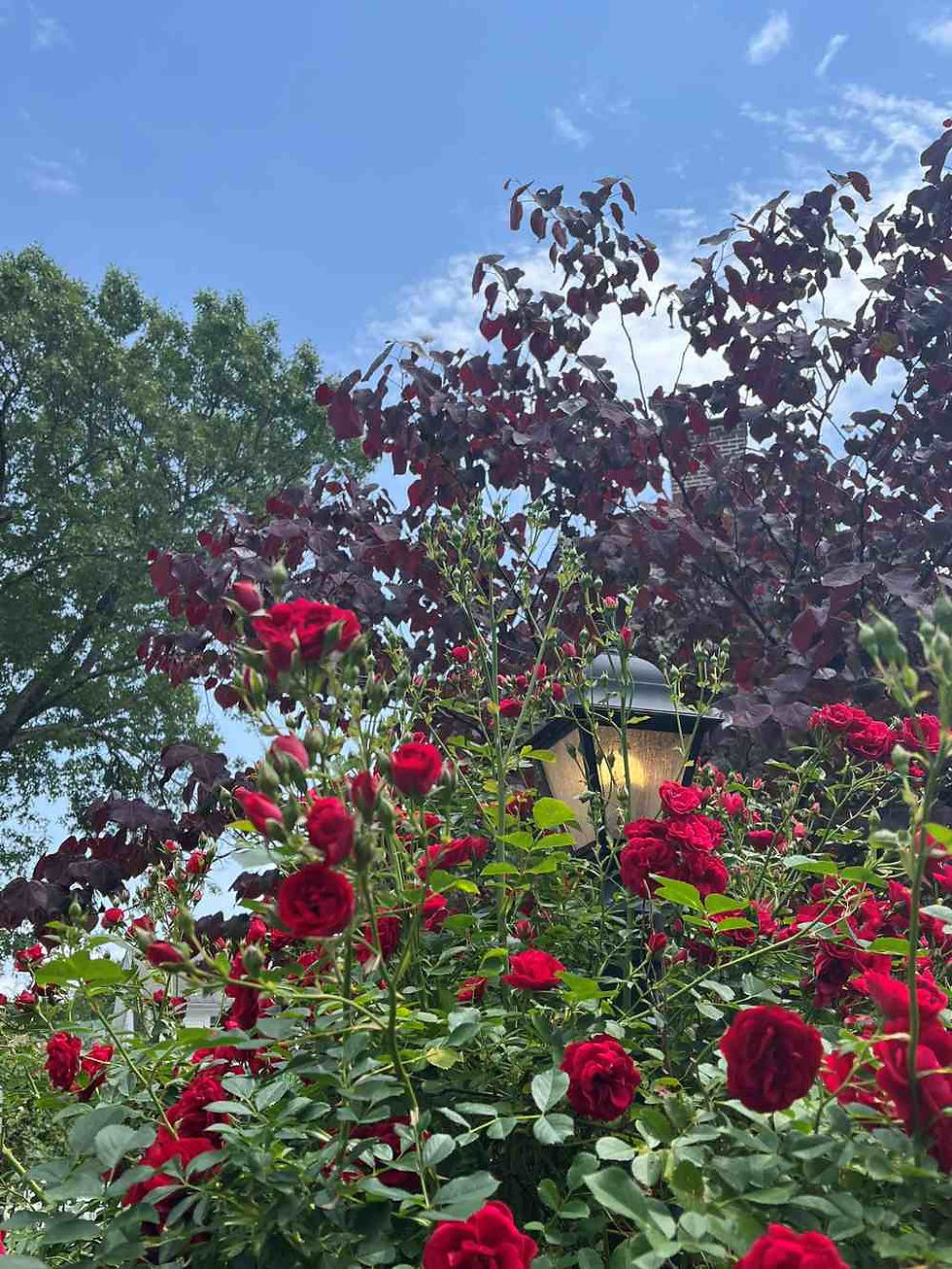Learning Lessons from the Dead
- LaCalaveraCat
- Aug 22, 2023
- 3 min read

Image source: Merlina McGovern
I have always been attracted to all things spooky. And you really can’t get any spookier than a cemetery. Large plots of land filled with the dead and stone and granite monuments to those dead souls. As I walk around different cemeteries, I can feel the weight of the dead hanging thick in the air.
But cemeteries aren’t all gothic headstones and fake flowers. I happen to live by one of the most beautiful cemeteries in the country: Mount Auburn Cemetery. According to the National Park Service, Mount Auburn is the “first landscaped rural or ‘garden’ cemetery in the United States.” This was a cemetery designed not just to house the dead; it was designed to provide beauty and sanctuary to the living as well. It contains a selection of more than 5,000 trees, plants, and shrubs, and intertwines those beautiful plants with paths that wind their way through the graves. So, while you walk past Henry Wadsworth Longfellow’s grave, you may also find yourself admiring what’s in bloom, such as passion flowers, bee blossoms, wild bleeding hearts, or some other variety highlighted in the site’s current “what’s in bloom” post.
When my sister found out that she was dying of cancer, she wanted to personally pick out where she would be buried in Sunset Memorial Park in Albuquerque. She was in a wheelchair, and we brought her to the cemetery. Here, there were small blocked off areas with rose bushes and hanging dried chilis. She wanted to be buried where the pink-toned rays of sunlight streaming off of the Sandia Mountains would bathe the graves. I try to visit her every year, and I always close my eyes for a moment and feel the warm New Mexico sun fall on my face. It makes me feel closer to her, even if just for the briefest of moments.
Cemeteries contain lessons we can learn, both personal and historical. During our trip to Ireland, we visited Ireland’s national cemetery, Glasnevin. There were so many headstones and Celtic crosses. More than 1.5 million people had been buried there. It was overwhelming.
We booked a tour from an enthusiastic and extremely loquacious guide (our 1.5-hour tour turned into nearly 2.5 hours. The poor woman was nearly driven mad by her bosses pinging her walkie-talkie telling her to hurry up!). She guided us through the various historical figures buried there, from Charles Stewert Parnell who was buried in the cholera pit, to “liberator” Daniel O’Connell, to Michael Collins (our guide let us know that his was the most visited grave at the cemetery, and people left coins by his stone cross. She personally felt it was his dashing persona that seemed to attract an unusually large amount of female visitors to his grave.)
One of the more moving moments of our tour was when a man dressed in Irish military dress acted out the rousing call to arms spoken by Patrick Pearse at Jeremiah O'Donovan Rossa’s graveside:
They think that they have pacified Ireland. They think that they have purchased half of us and intimidated the other half. They think that they have foreseen everything, think that they have provided against everything; but, the fools, the fools, the fools! — They have left us our Fenian dead, and while Ireland holds these graves, Ireland unfree shall never be at peace.
With the actor’s voice ringing in our heads, we stared down at the grave, and I wondered about the Irish people roused to action to fight for their independence.
It was one of my favorite stops on our trip to Ireland, and it reminded me again of the enduring lessons that cemeteries contain for us. The dead are gone, but they are not forgotten.




Comments